A former French colony, Madagascar is an island country in the Indian Ocean off the coast of East Africa, and the fourth-largest island in the world. Created by a prehistoric split from the Indian subcontinent, the native plants and animals evolved in relative isolation creating a biodiversity hotspot. Over 90% of the country's wildlife is found nowhere else on Earth.
What We Did on Our (Southern Hemisphere) Winter Vacation
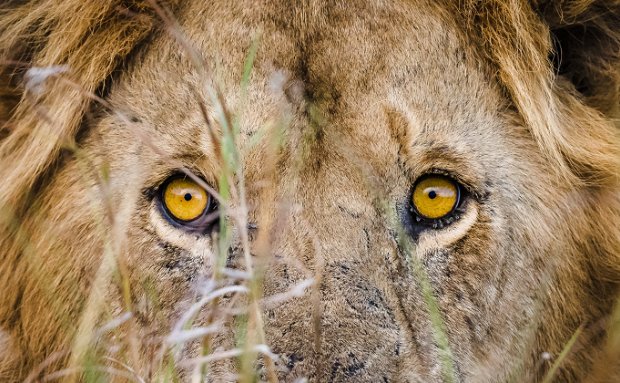
This vacation was a series of four adventures: The Rovos Rail, the Victoria Falls, the safari camp, and the visit to Cape Town. We spent time in the Republic of South Africa and Zimbabwe. The trip was supposed to be the prelude to another Oceania cruise, which was to sail from Cape Town up the West coast of Africa to Lisbon. However, covid killed the cruise; it was cancelled. After discussion, we decided to take what was to be the second part of the trip anyway. Hence, the journey.
May 9-10
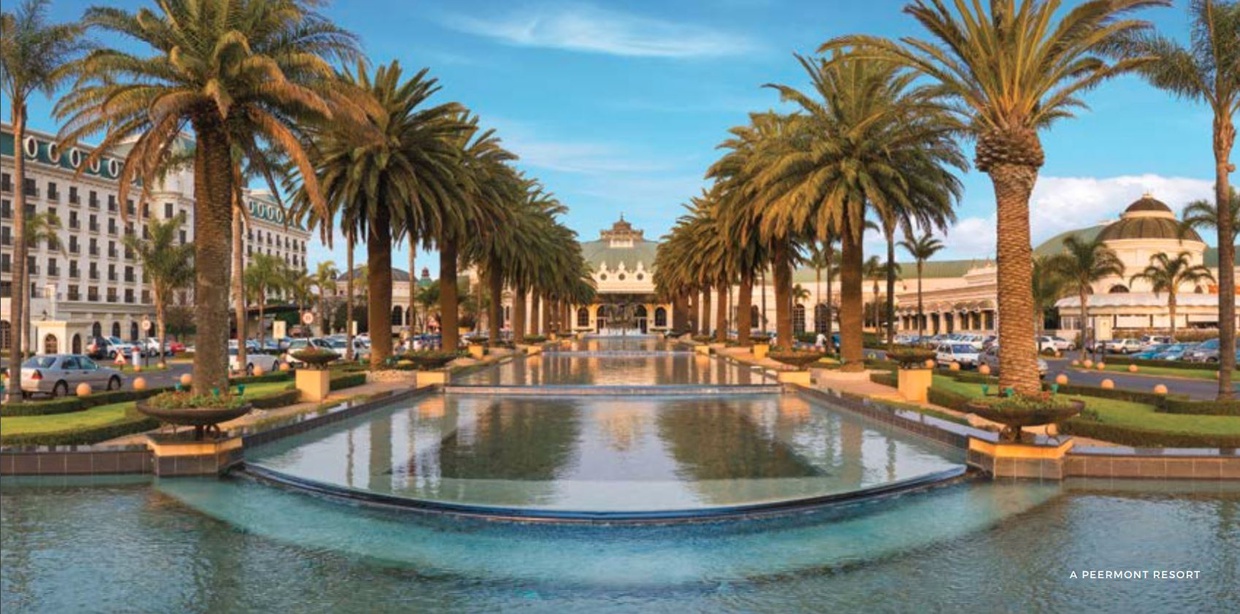 Photo credit: Peermont D'Oreale Grande
Photo credit: Peermont D'Oreale Grande
We left Lawrence about 10 am for MCI. We left our Toyota at the Marriott and got to the gate at a decent time to catch our United flight to Newark. At the gate we were deemed “travel ready,” and some of our Covid-19 anxiety was relieved. We arrived in Newark on time, found the Polaris Lounge, and got to our gate promptly. Our Dreamliner arrived from Denver on time, and we were psyched. The flight started boarding at the appointed time for our 9pm departure time. Halfway through the boarding process, all passengers and flight crew were instructed to disembark. Maintenance issues: toilets malfunctioning. Three hours later, the potties were fixed, we boarded, and the flight began. No further issues arose, so we arrived in Joburg 14 hours later, tired but ready to start our adventure. Getting through customs was not as easy as we would have liked, as we didn’t have the “right” Covid documents uploaded (Douglas County health folks had told us “We don’t do that.”) The CDC vaccination card was deemed inadequate. The KDHE official record of health immunization got us through, and Barbara relaxed. We spent the night at the D’Oreale Grande hotel, which is very close to the airport. We slept.
May 11-15
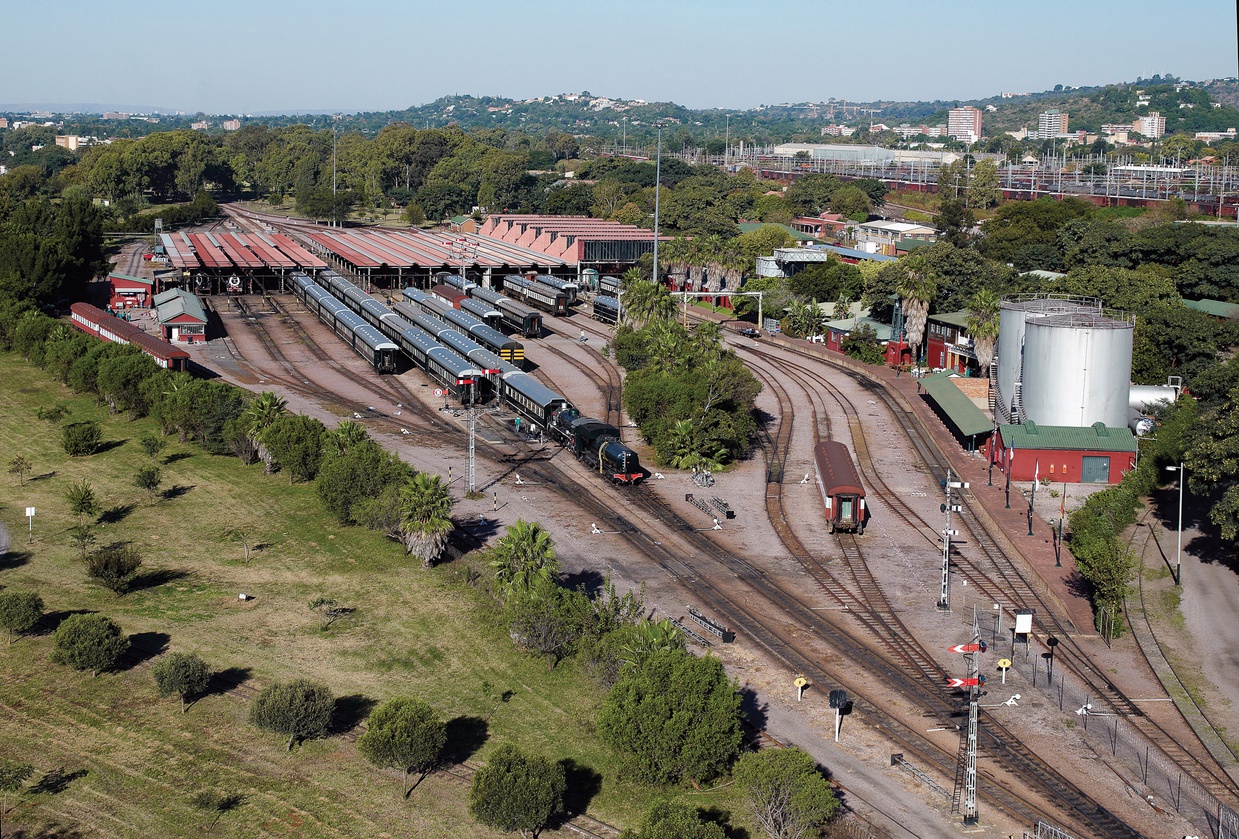 Photo credit: Rovos Station
Photo credit: Rovos Station
At 3pm our driver picked us up at the hotel and took us to Pretoria, where the Rovos Rail terminal is located. Pretoria is about an hour from Joburg. Covid testing again, both antibody and antigen. Curiously, I was told that I had had Covid. Imagine that.
Rohan Vos, the builder and owner of the company (RoVos) gave us a walking tour of his 60-acre plant/terminal. Yes, privately owned. He owns 22 locomotives, two steam, 12 electric-diesel, and eight diesel. He has a total of 140 coaches, basically purchased world-wide in all kinds of disrepair. He had just bought four more from Australia. Engines and coaches are completely rebuilt at his shops—from woodwork, to engine overhaul, to coach refurbishing (from lounges, to bars, to kitchens, to berths.) Astonishing. Our train had 17 coaches for 44 passengers.
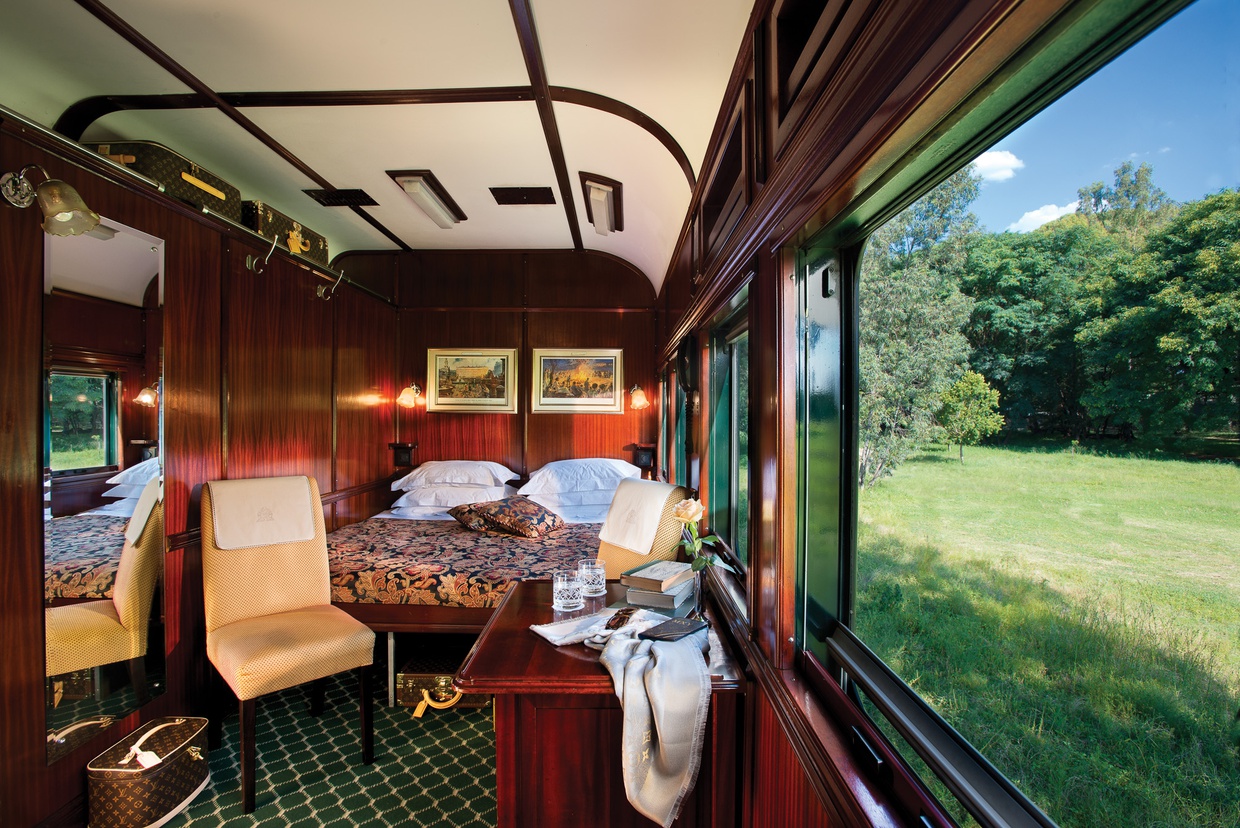 Photo credit: Rovos
Photo credit: Rovos
We were a bit concerned as we had not seen our luggage since we got to the station, but it was all in our assigned cabin, the Francistown, when we boarded. Our berth was about 110 square feet, with full-sized bed, writing desk, 2 chairs, and full bath. Very nice. We still are amazed at how much gets done on the train with so little space. The train served unbelievably good meals and beverages (Macallan Scotch, for example.) “Formal dress” for the four dinners—salmon, then steak, then chicken, then antelope—means coats and ties. (It’s been so long since I wore a tie that I struggled but was successful.) We met two couples that we hung around with –they actually met up with us for dinner at our hotel in Victoria Falls as well. The 44 passengers were from South Africa, Switzerland, Russia, the UK, and the US. It was a congenial group, except when men started credentialing themselves to the extreme. The group was all white, and except for four younger couples, were all seniors and usually good company. Part of the group was a Road Scholars class of 11 plus guide. I was disappointed by the gossip from a few of our number who made snide comments about two of the young couples.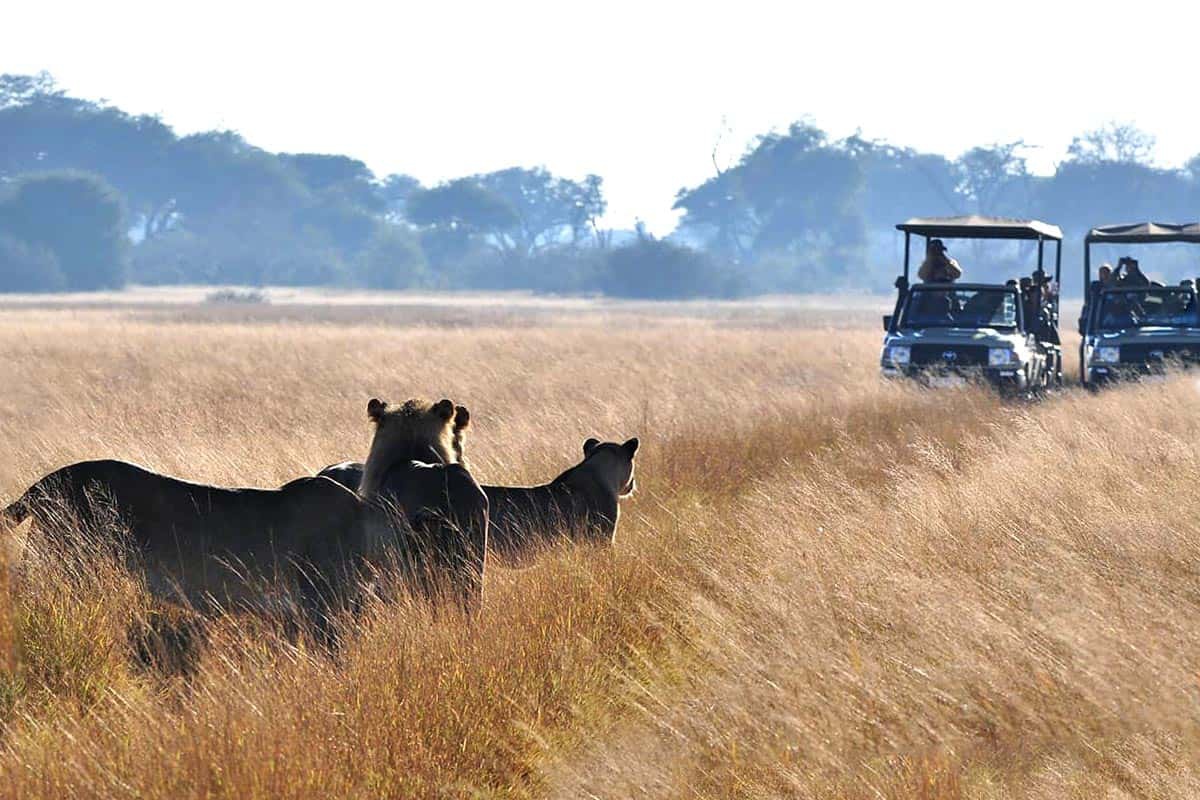 Photo credit: The Hide
Photo credit: The Hide
On the second day we stopped at a Nature Conservancy. We saw some animals. The third day we crossed into Zimbabwe; before entering we were delayed for hours due to unrest in a community on the border. I am not sure whether the town was in South Africa or Zimbabwe, but the residents had been without water for six days. The tracks in South Africa seemed in better shape than in those in Zimbabwe. Clickety clack. On the third day we stopped at the Kennedy rail site for our trip’s first game drive. It was quite stunning. We saw elephants, zebras, giraffes, cape buffalo and lions. And lots of what turned out to be those rather disgusting baboons. The most interesting part of the drive was watching four lions (one young male and three females) stalk a herd of Cape buffalo. It was late afternoon, and the lions were hungry. They could have cared less about us, and they literally walked down the road in front of our vehicle. They were after one of the weaker animals in the herd that they followed. Cape buffalo are massive animals, short on temper, and can defend themselves admirably—so, find the weakest target. You know, survival of the fittest. We did not stay for the probable kill. Back to the train. We arrived on time the next morning in Victoria Falls. The train stopped, literally, at the Victoria Falls Hotel where we stayed. It was indeed an excellent beginning adventure.
May 15-16
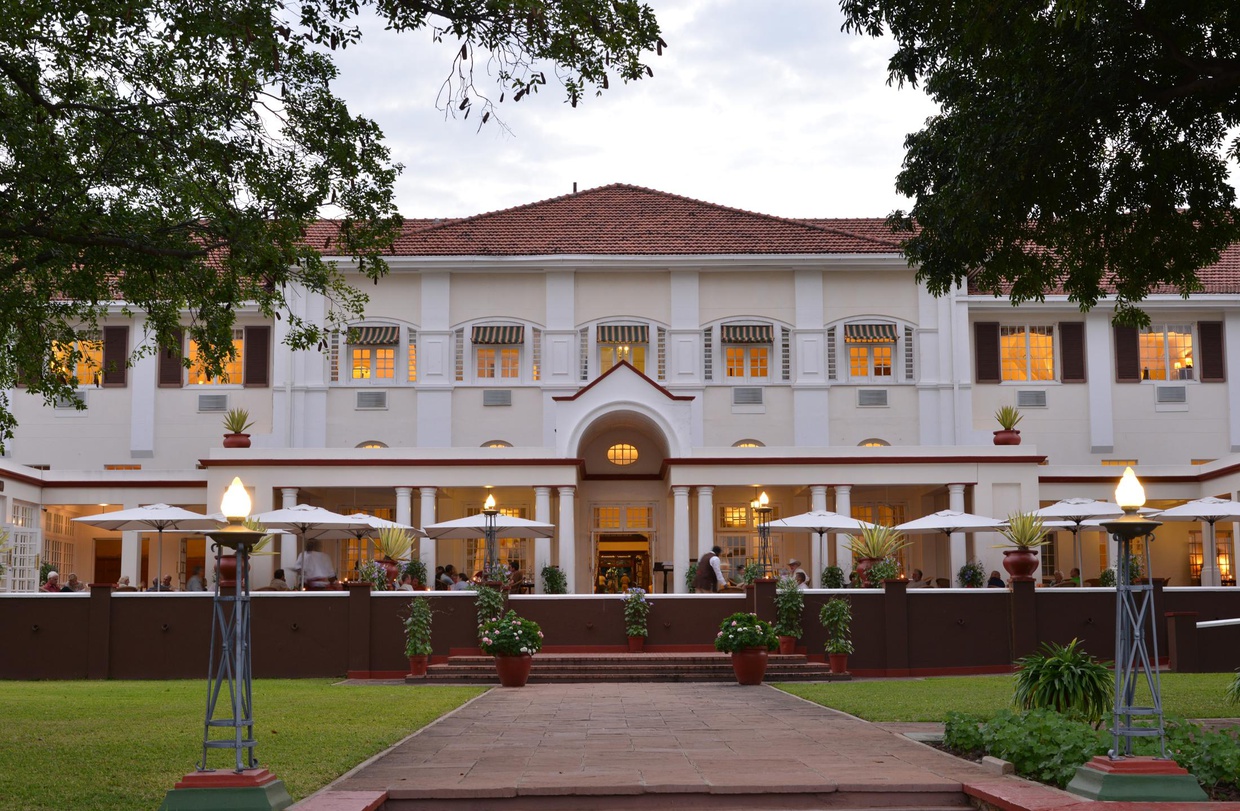 Photo credit: Victoria Falls Hotel
Photo credit: Victoria Falls Hotel
The Victoria Falls Hotel is a hundred-year-old wonderfully kept complex right out of the 18th century Empire. Cue the Queen. It took an hour or so for us to get checked in and to our room. Magically, our bags had been unloaded from the train and showed up at the hotel, and then to our room. The Zimbabwe-US dollar exchange rate is about 420 to 1, and the variance grows seemingly daily. Off the train, Barbara and I were hungry, not having eaten in about three hours (smirk), so we had a bite of lunch on the hotel patio. The bill came, and the total for my burger, fries, her salad, beer, and water was about Zim7600 dollars—or 27 US. The hotel grounds are ripe with baboons and warthogs. We saw the falls that afternoon.
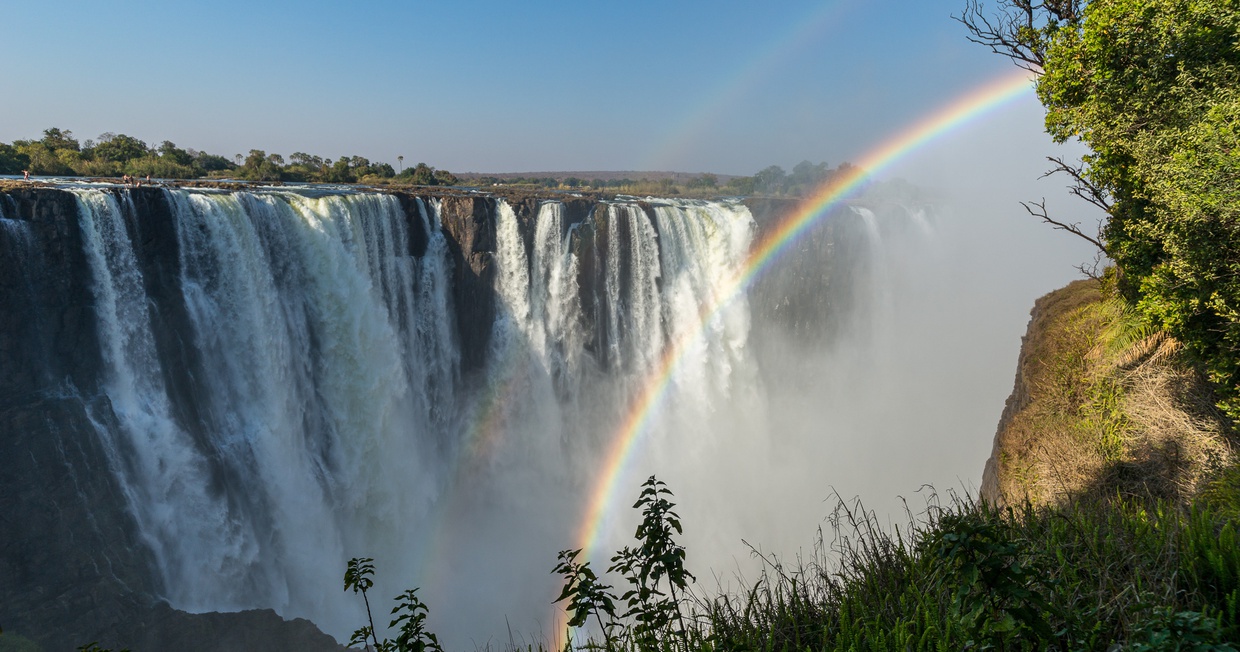 Photo credit: Neville Jones
Photo credit: Neville Jones
The reason to go to Victoria Falls, of course, is to see the falls. We did. Massive. Powerful. Awesome. Scary (there is no OSHA.) Reputed to be five times the size of Niagara. Over a mile wide. Water cascading 90 or so meters. Spray shooting upwards in unbelievable volumes. The flow over the falls is estimated at 12,000 tons per second (this is not a misprint). We had been told to expect to get wet. We came prepared, we thought. Nope. Soaked. The spray in the sunshine created wonderfully colorful and vivid rainbows.
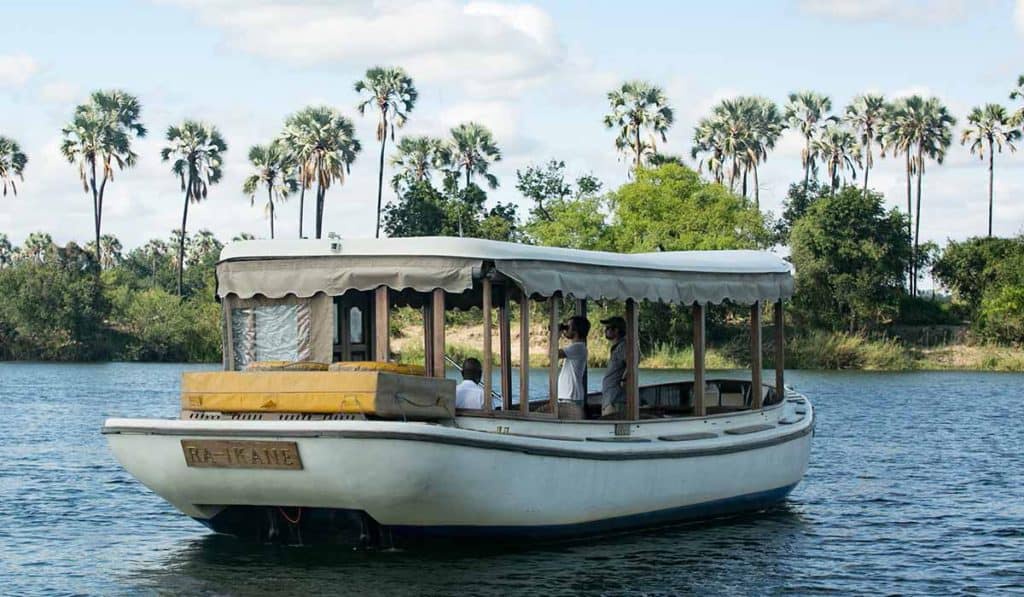 Photo credit: Ra-ikane
Photo credit: Ra-ikane
On the second morning, we were picked up at seven for a breakfast cruise upstream on the Zambezi. The river is massive. In our many travels we have only seen one larger—the Amazon. The 2,574-kilometer-long river (1,599 mi) rises in Zambia and flows through eastern Angola, along the northeastern border of Namibia and the northern border of Botswana, then along the border between Zambia and Zimbabwe to Mozambique, where it crosses the country to empty into the Indian Ocean (this sentence was plagiarized from Wikipedia.) So, the river serves as the border between Zimbabwe and Zambia. Although we never touched land in Zambia, we sailed in Zambian water. So, damn it, I am going to count it, although Barbara says I should not. The river at that time of day was very quiet. We saw crocodiles and hippos, and probably dozens of bird species. It was very relaxing. The boat was about 20 feet long and staffed by two capable fellows. There were four other passengers, all of whom we knew from the train—a younger South African couple mentioned earlier and a “senior” couple from the UK.
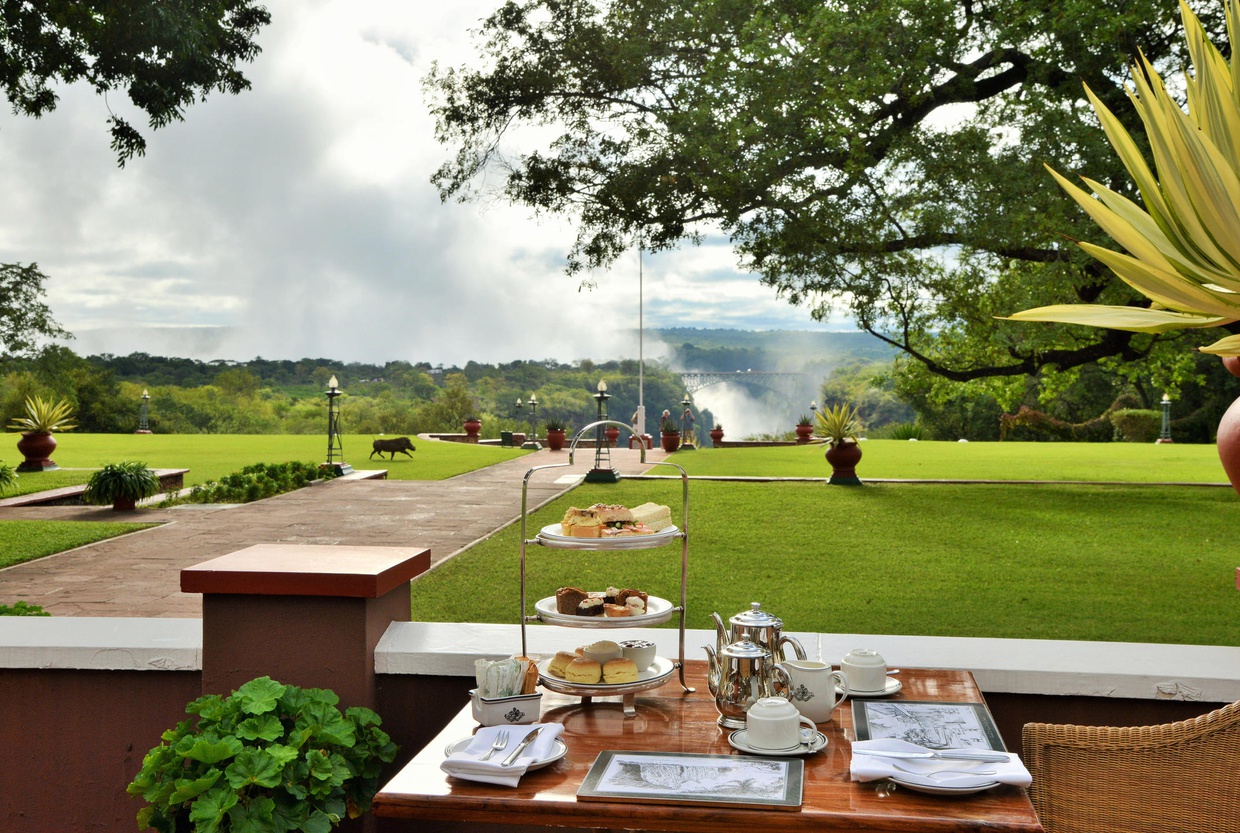 High Tea on the Terrace. Photo credit: Victoria Falls Hotel
High Tea on the Terrace. Photo credit: Victoria Falls Hotel
Also, on the second day at the hotel, we had High Tea in the afternoon; this was something that we were told was a “must do.” OK. So, towards the end of tea and crumpets, suddenly a rather large baboon appears about 25 feet from us, looks us (and the food) over, and began to approach. It was clear that his idea was to capture what food left on the table and scramble us in the meantime. At about three feet, with Barbara making a quick retreat, I stood, extended my arms towards the heavens, and let out this loud, guttural imitation of the mighty Tarzan. Luckily the baboon retreated, sat on a lounge chair, glared at us, left the area, and entered an open window into the hotel! I put it on my vitae.
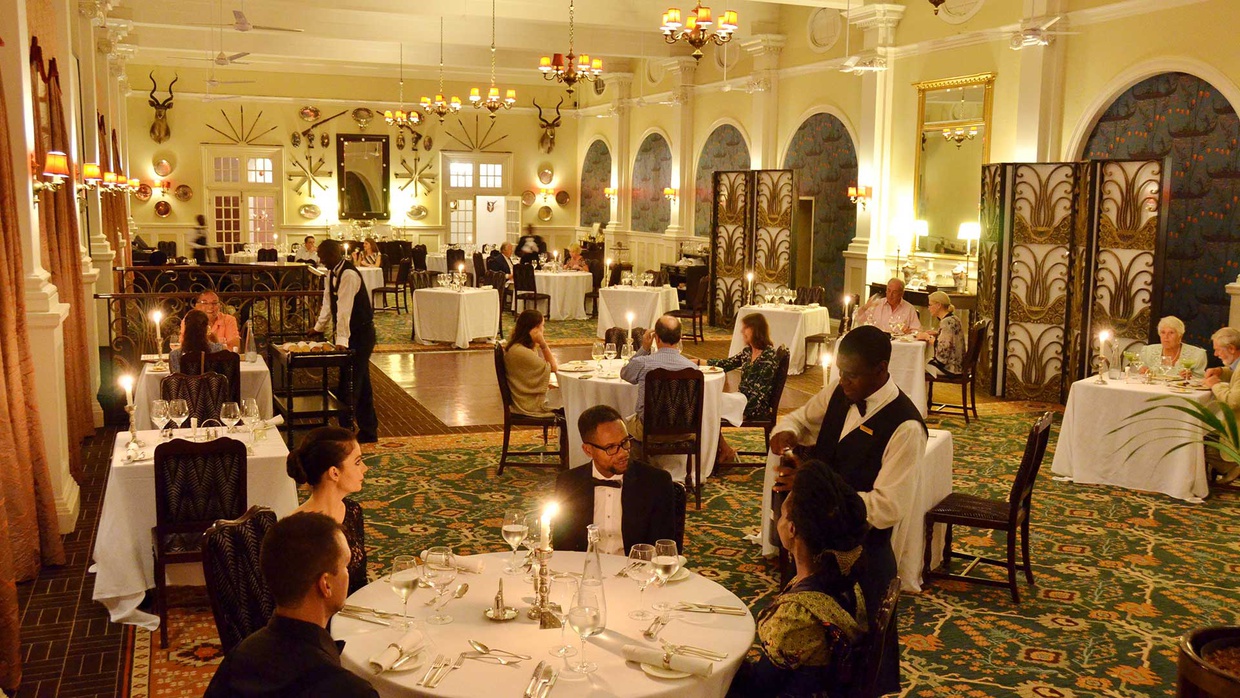 Livingstone Room. Photo credit: Victoria Falls Hotel
Livingstone Room. Photo credit: Victoria Falls Hotel
The second and last night we were there we dined in the hotel’s Livingstone Room; this is what you envision when you go to movies about the 18th and 19th century Empire. Four friends from the Rovos joined us; it was a good evening. God save the queen, Victoria, not Liz. Off to safari.
May 17-19
On the morning of the 20th, our driver (Maeyso) picked us up the appointed time and drove us to the safari camp. The drive was about two and a half hours. The landscape is what one would imagine in sub-Saharan Africa--scrub brush, some very hardy trees, sandy, arid (it was not the rainy season), savannah. What surprised me most was coal mining. Seems as though the Chinese have managed to commission enough land to drill four (maybe more) massive mines; most of the coal is exported to, surprise, China. The coal travels by truck to a river and then to the Atlantic. Some goes the other way and is loaded for shipping across the Indian. Zimbabwe is a poor country. Most of the profits from the coal goes to Chinese individuals and “politicians.” The Zimbabwean people get even worse roads, contaminated air, and nasty water.
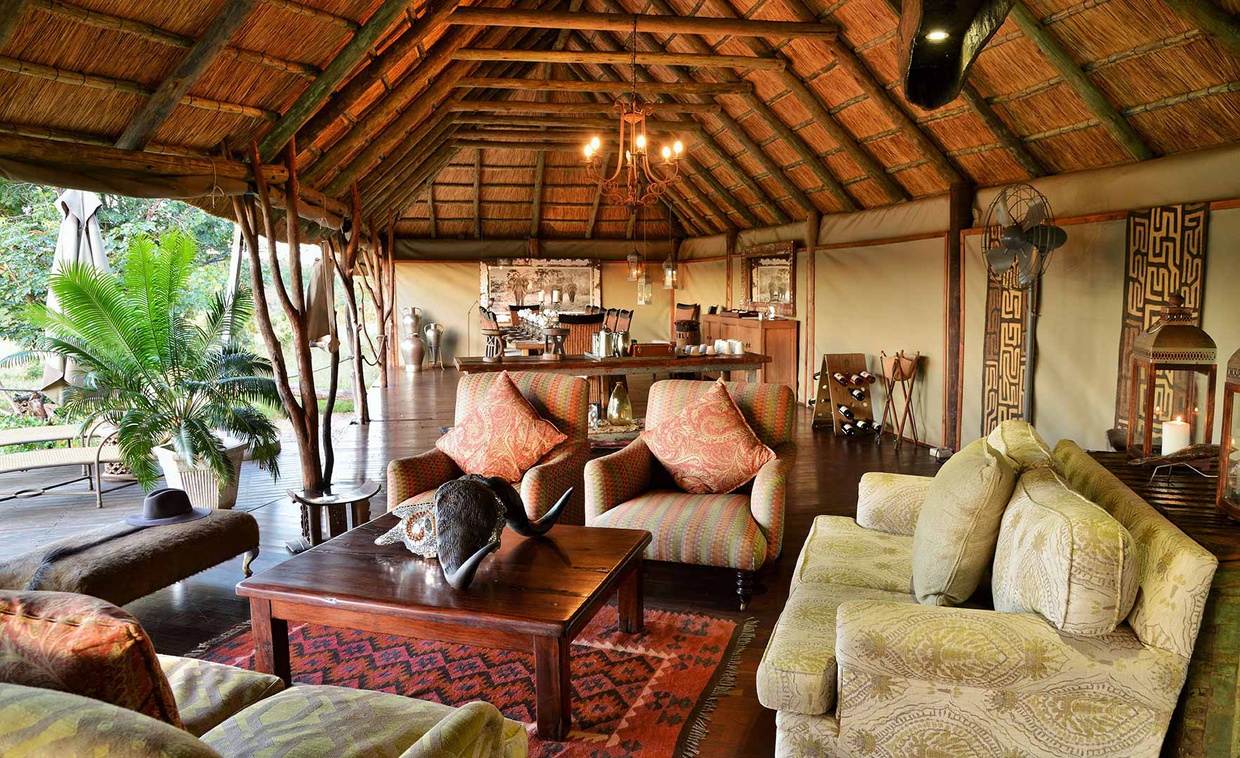 Photo credit: Khulu Bush Camp
Photo credit: Khulu Bush Camp
We headed to the Eastern part of the Hwange National Park. The Park is about the size of Belgium. The park claims that it is home to 40,000 elephants. I really don’t know if that is accurate, as I lost count at 34,876. We stayed at the Khulu Bush Camp, a concession of 6000 acres in the wild. The camp has seven cabins (camp capacity is about 14), a small center building, relatively modern electrical, bathroom and water systems, wonderful food, and animals. The only possible negative is that the cabins are not heated (it was winter when we were there), and they have really limited lighting. Although not a Marriott, it’s better for the environment. Barbara and I were fortunate to be the only guests at the place during the first two days we were there; the third day another group of Road Scholars arrived—all from the US.
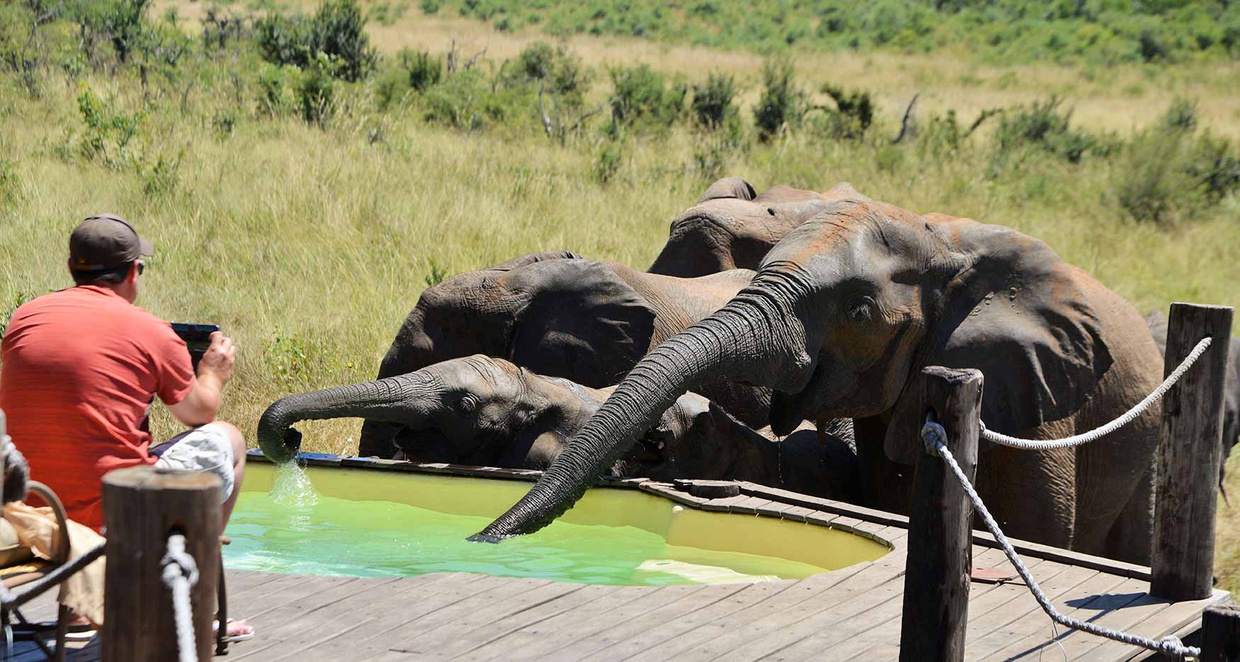 Photo credit: Khulu Bush Camp
Photo credit: Khulu Bush Camp
One of the camp’s features is what is called a “swimming pool,” about 16 feet long, eight feet wide, and three feet deep. (Think very large stock tank.) It is attached to the center building. When we arrived there was probably 70 to 80 elephants drinking from the swimming pool and hanging around the pond, which is about 100 meters from the camp. The bore hole (pump fed) pond attracts a variety of critters. Remarkable site. The elephants were mature males and females—and a bunch of very young ones.
While at the camp we made four game drives. One was in the afternoon after arrival, two the next day, and a final one the third day. The first three were four to six hours in length. The final was nearly 8 hours. Our guide for the first three was Maeyso; the fourth and longest was with Shamy. Both were excellent and as children were raised in the park in families where the fathers were rangers. We traveled with the guide, who drove. The truck had room for six or seven, but Barbara and I were the only passengers.
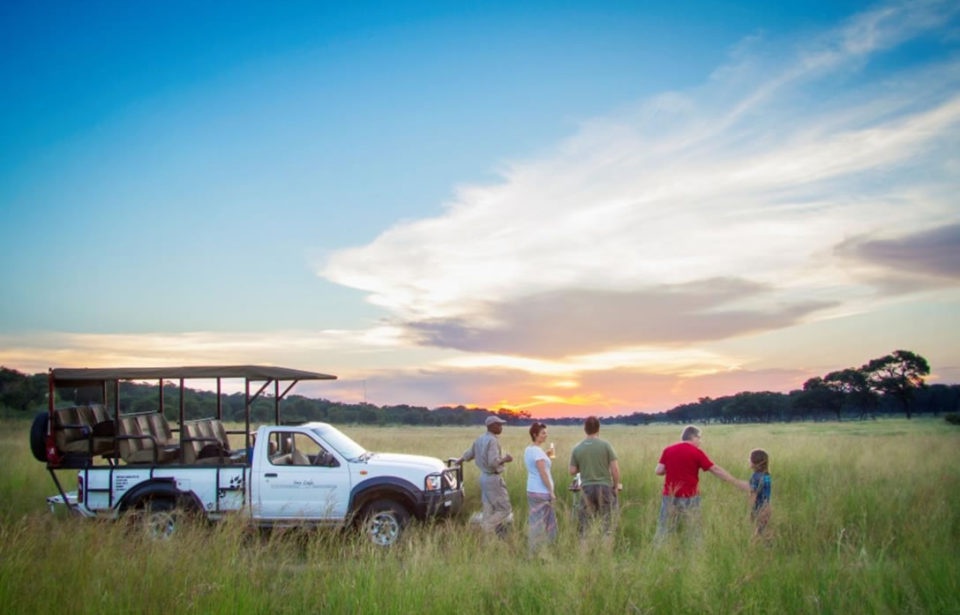 Photo credit: Khulu Bush Camp
Photo credit: Khulu Bush Camp
These machines are Hilux Toyotas, are open air, and perhaps have shock absorbers but I am not sure; they seem to be able to go anywhere. The guides were able to look for game, check the ground to see what kind of tracks and dung were on the trail, and drive at the same time; they had remarkably good vision. They saw animals; we saw brush or nothing. They were patient with us, and we finally saw what they instantly saw. We saw a remarkable collection of animals. The species that seemed to be largest in number were baboons and impalas. We saw lions stalking cape buffalo. We saw two male elephants unhappy with each other. We saw a lion and an ostrich starring at each other at 200 meters; the one with two legs was nervous. We saw a herd of at least 100 cape buffalo. We saw lions daily; they really did not seem to pay any attention to the truck; it is said that if you stay in the truck there is limited danger as animals see only the big truck, not motion inside it. I attached a listing, as I remember, of the animals that we saw. And the roads: there really is only one “tarred” (paved) road in the area. Then there are dirt roads, then trails, then two ruts, then go-wherever-you-want-to-go. We drove a long, long way on washboard roads/trails. On the morning after the third night at camp, we packed for the next adventure.
May 20-24
Our driver was the camp manager, Toab. We left for Cape Town at about 7:45. Victoria Falls International Airport has a relatively new terminal. We saw planes from several airlines including Air Link (a South African Air subsidiary), which was our carrier. We flew on what seemed to be a new Embraer 135. Good service. Good lunch. On time. Good flight. We arrived on time, really tired from our journeys. The result was that we spent much of our Cape Town time just relaxing. We did have the opportunity to have breakfast our first morning there with Neville Jones, our Australian though Africanist, agent; terrific.
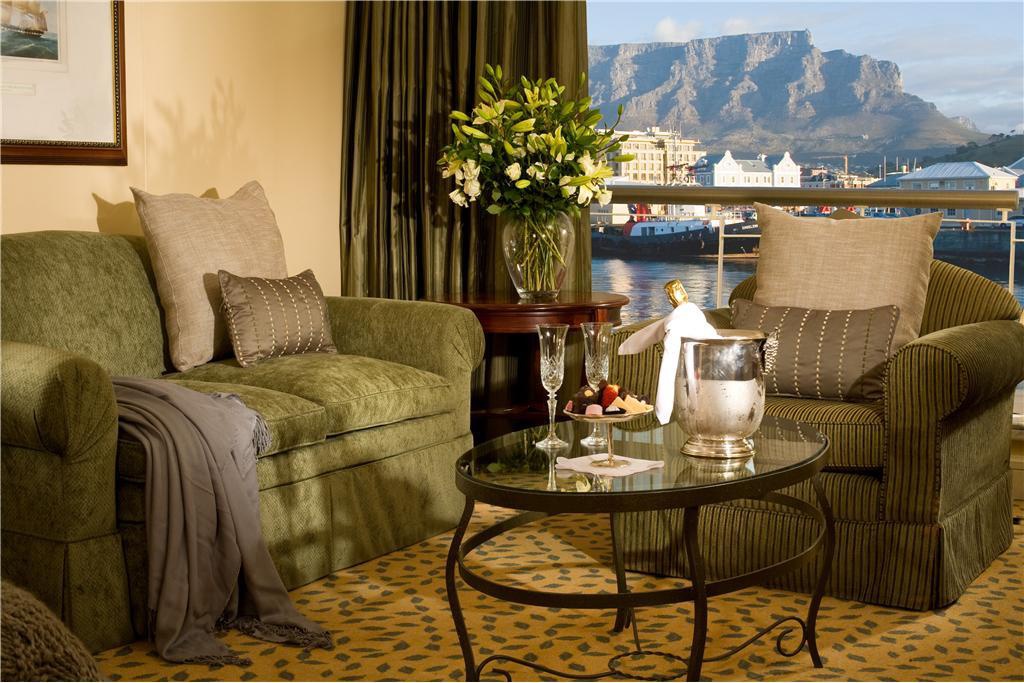 Superior luxury room. Photo credit: Table Bay Hotel
Superior luxury room. Photo credit: Table Bay Hotel
The Table Bay hotel is pretty amazing. We had a corner room that looked out at Table Mountain from one window and the bay and harbor from another. The room was spacious—counting hallways and bathroom, we must have had 600 square feet. We are not adventurous foodies. We took our evening meals in the lobby area, which was lovely and provided live piano and/or guitar music. Our Cape Town driver, Jeremy, drove throughout our stay, to include on all transfers and a day-long tour of the area, Simon’s Town, and the Cape of Good Hope. The Cape was probably an hour and a half from the hotel. Small talk on the trip. Nothing significant. Ostriches. Many believe that the Cape is the point where the Atlantic and Indian oceans meet. Nope. That point is a couple hours east of the Cape. However, it is the southwestern most point of the continent. Close to the Cape the road actually divides farmland from a national park. Once in the park, we stopped at the Lighthouse, rode the Flying Dutchman Funicular most of the way up to the top of the mountain—Barbara and Jeremy then walked the last 100 meters or so to the top. I did not.
On the way out of the park we saw Common Eland antelope, the seventh variety of those critters that we saw throughout the trip. Upon leaving the park we stopped at a pretty, Lawrence-sized town, on the Atlantic called Simon’s Town. Simon Whatshisname, (editor: Simon van der Stel) an early settler, was either a megalomaniac, or brilliant entrepreneur, or genius leader, or some/all of the above. He named three towns after himself, to include of course Simon’s Town. Then he broke his second name into two parts to name the other two. We had lunch at Bertha’s, a good café on the water. The town has a major naval base…and penguins. Lots of penguins. The variety is the South African Jackass, named as their call sounds like that of a donkey. They are about half the size of the better-known varieties. There were also small mammals sharing space with the jackasses; they are Dassies. They are the size of really large rats or small dogs and look like marmots. Curious. Back to the Cape. The other noteworthy activity in this part of our adventure was dinner at La Colombe on our last night in Cape Town.
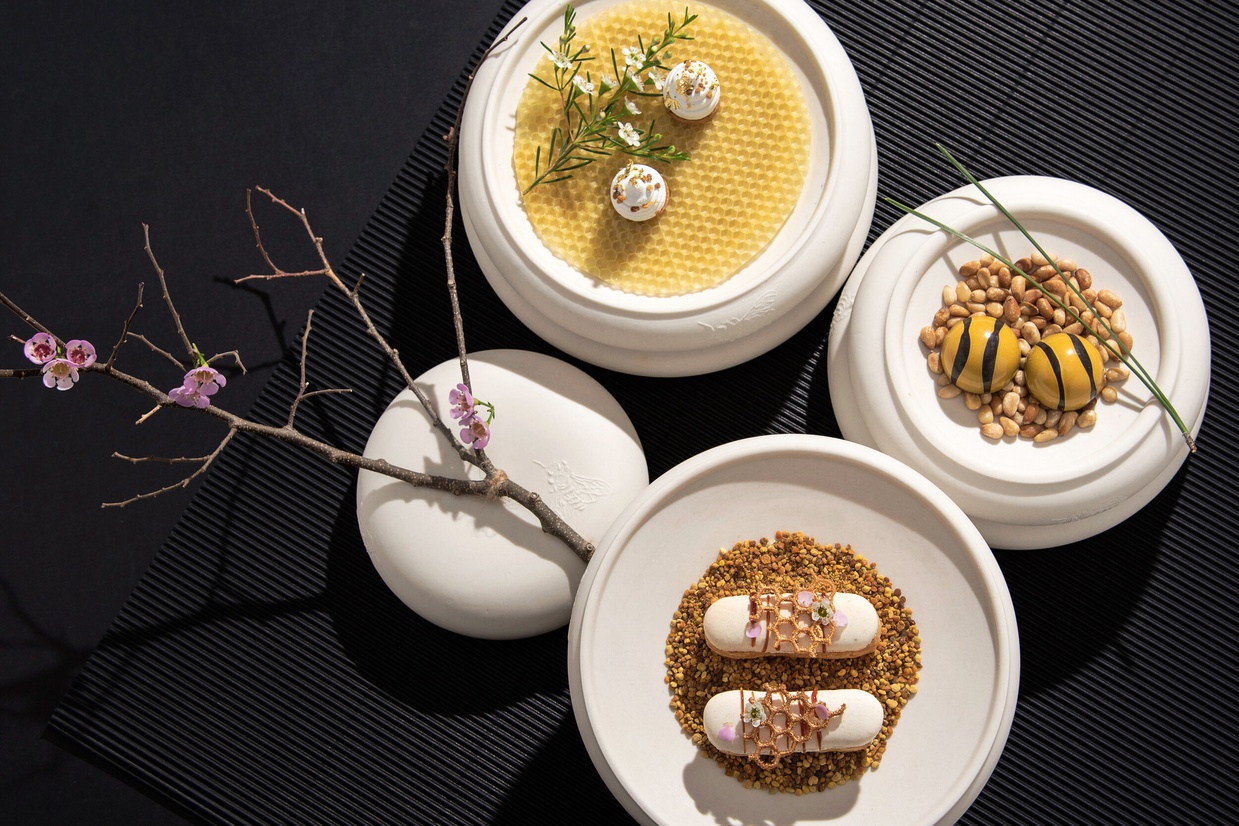 Photo credit: La Colombe
Photo credit: La Colombe
It's difficult to describe what we saw, experienced, and ate. The drive to the place was itself a trip. We traveled up the back side of Table Mountain. Snaky, snaky, serpentine, serpentine. We were welcomed in at the appointed time and seated in a lovely 15 table room. Most were deuces, several set for three, and a couple ready for five or six patrons. On our table was a hand-written note from the executive chef: “Food is our theatre. We hope you enjoy the show.” Indeed, it was a show. We were served an excellent six course meal (it would have been seven, but we passed on the last one.) I must admit that some courses were bite sized. The courses included “truffled cherry parfait, Malay style snoek, beetroot tartare, sweet potato bread”, “smoked tomato, aubergine, pine nut”, and “passion fruit, mussel, tom yum”. Of special interest was the tuna “La Colombe,” which was served in individualized aluminum cans for each patron, to be opened by the guests (think Campbell’s soup). Then, the main was “grass fed beef, Jerusalem artichoke, salsa verde.” Stunning, yes. When you go take lots of money. Back to the hotel.
The exchange rate in South Africa is about 15+ Rands for every US dollar. We found throughout our trip that prices were pretty cheap; a $150 meal at 715 would cost about $90 there. However, rest assured that we contributed substantially to the Zimbabwean and South African economy. On our last morning Jeremy took us to the airport, and the A319 flight to Joburg was fine.
May 24-26
On the 24th, our driver, Peter, took us to the InterContinental Hotel for testing, as anyone who wants to enter or reenter the US must be checked for Covid, and the test must be administered at least one day prior to travel. So, we did that at the InterCon; James did the swabbing. It took an hour for the results to get posted, so Barbara and I checked to make sure the hotel had vodka. After determining that we were negative, Peter took us to our hotel, again the D’Oreale Grande. We had dinner in the hotel and retired early. It had been a long day, after a challenging night at the La Colombe. On the next day, we got a late checkout as our driver was to pick us up at four for the eight o’clock United flight to Newark.
By 8:30 the Dreamliner was loaded and had begun taxiing towards the runway. Then, a significant amount of confusion occurred; the woman sitting directly in front of me began to have health issues. The announcement was made, “Are there any medical professionals on board?” A young Boston critical care doctor and his wife were returning to the states after a short holiday. I don’t know anything about medicine. I think he thought that she had had a minor heart attack. I know quite a bit about bedside manner. His manner with her was terrific. The captain was decisive: better safe than sorry. Back to the terminal with hospital summoned; woman and companion deplaned. Then of course their luggage had to be found and unloaded. We were about an hour late taking off, but we made the time up over the Atlantic. We arrived in Newark, cleared customs, and rechecked our luggage. Then, we boarded the plane for a smooth A319 flight to Kansas City. A comment about the United terminal(s): a madhouse, at 6am on a Thursday. Tons of people. Probably a super spreader.
This was indeed a marvelous trip. Covid had knocked us out of three scheduled international trips, and we were really ready to get out of Dodge. We found Africa extremely interesting. We met no one who was not cordial, welcoming, and helpful. There were no discouraging words—except the few comments described in the Rovos section. We would still like to visit Namibia and Botswana; we will probably put them on the list, but the list is long. Here are some of the critters that we saw. A word of thanks to Neville is appropriate. He set up this trip and did so expertly. He responded quickly and cordially to our many questions, and he made a potentially difficult trip for us a real pleasure.
Animals Seen in Africa
Most of the species that we saw were in the Hwange National Park in Zimbabwe. They include
- Tawny eagles
- Snake eagles
- Kori bustards
- Yellow-billed hornbills
- Other hornbills
- Ostriches
- Vultures
- Cranes
- Guinea fowl
- Elephants
- Jackals
- Hyenas
- Crocodiles
- Leopard tortoises
- Giraffes
- Baboons
- Cape buffalos
- Antelopes
- Impalas
- Kudus
- Steenboks
- Gnus (Wildebeests)
- Sable
- Waterbucks
- Zebras
- Lions
- Puff adders
- Hippopotamuses
- Termites
- Warthogs
- Monitor lizards
- Monkeys
We also saw many other bird species to include various types of weavers. Many of these are brilliantly colored with shades of white, yellow, black, blue, and red. I am absolutely positive that there were other animals that we saw but that I have overlooked.
In addition, we saw a few other animals in the Republic of South Africa’s National Park at the Cape of Good Hope.
- Dassies
- South African jackass penguins
- Common elands
Further Reading
What if your safari didn’t just tread lightly—but actually gave back to the land and people that made it possible? That’s the promise of a new kind of safari: one that goes beyond sustainability and into something even more powerful—regeneration.
Luxury travel is evolving beyond indulgence. For decades, luxury travel was defined by five-star accommodations, fine dining, and lavish spa treatments. However, today’s affluent travelers are seeking something far deeper than material indulgence. A new era of transformational luxury travel has emerged, where high-net-worth individuals prioritize personal growth, sustainability, and authentic experiences over traditional opulence.
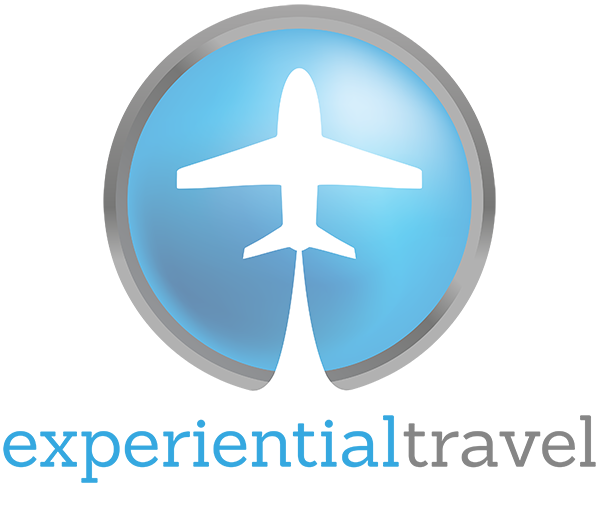
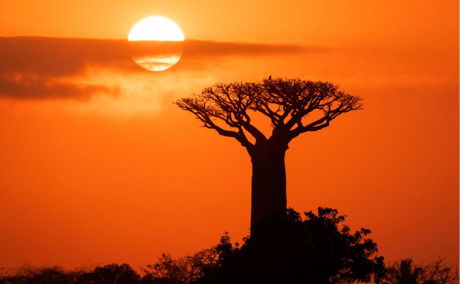
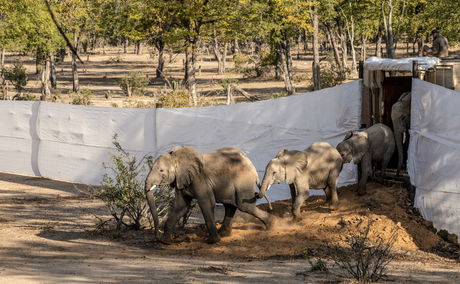
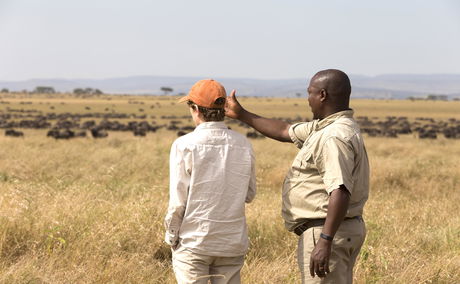

Share This Post